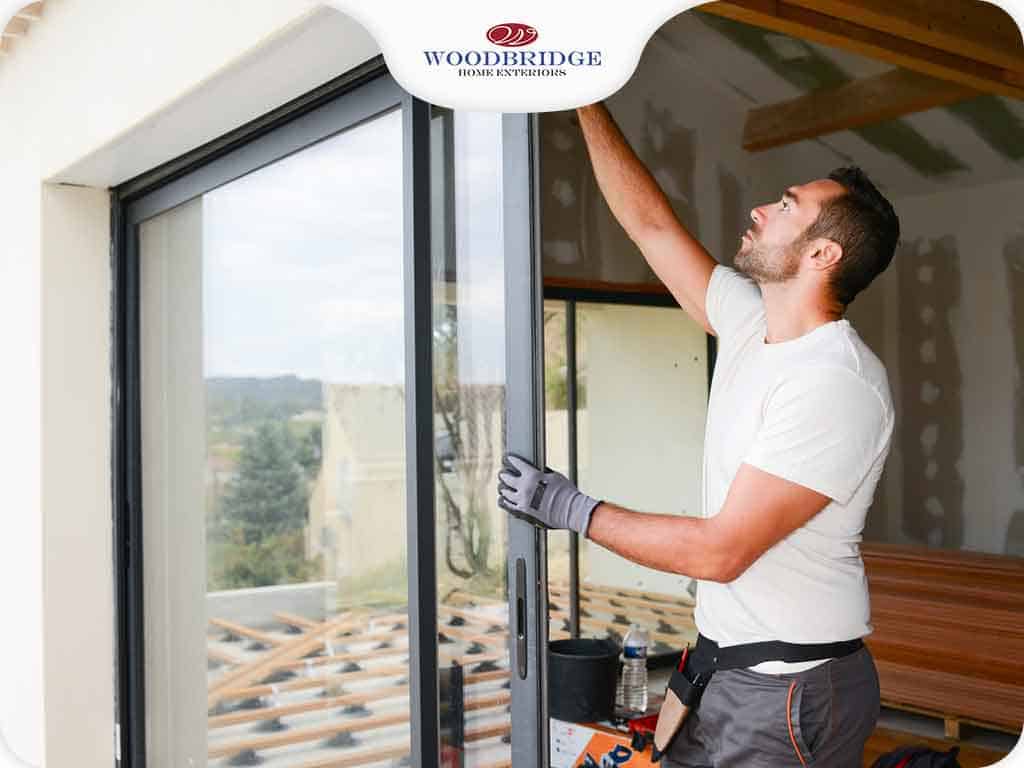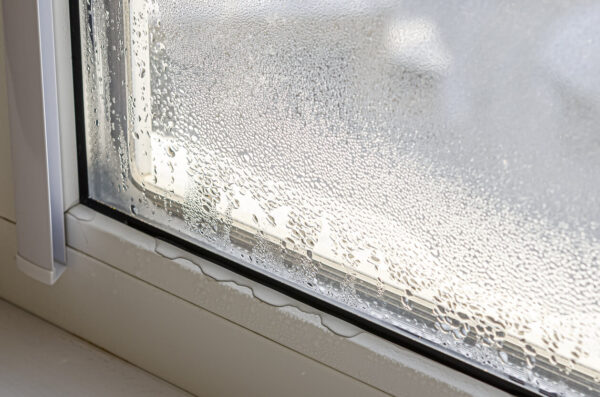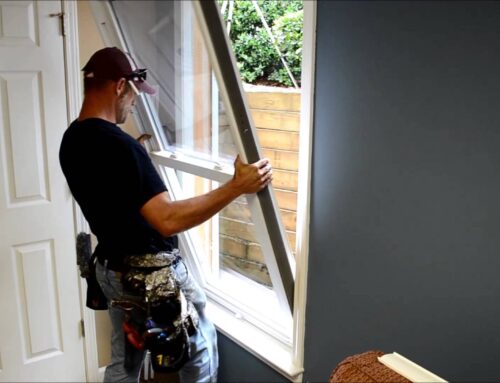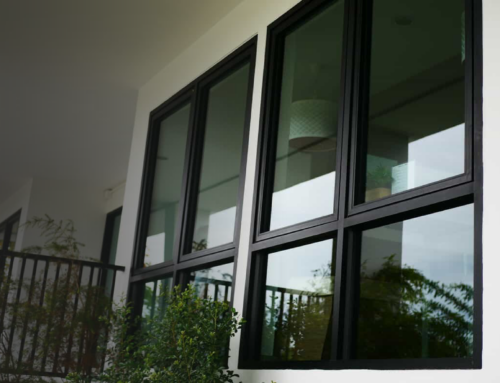
Low outside temperatures result in the formation of water droplets on the window glass surface. Also known as condensation, it is caused by warm and moist air contacting any cold surface. It is one of the homeowners’ many concerns whenever the cold months arrive. Then again, this occurrence also happens during the summer.
Contents
Contents
Condensation in Summer & Winter Months
Window condensation forms when there is a great difference between the inside and outside temperatures. It occurs in hot and cold weather, but the difference lies in which part of the glass this happens.
During the summer, condensation appears on the window exterior. The problem is mostly visual, which means there is no risk of damage to the windows or your health. During fall or winter, however, condensation appears on the interior. The opposite effect occurs when it happens, often resulting in moisture problems that can destroy indoor fixtures.
Understanding Window Condensation
Condensation on new windows can be frustrating, but new windows often seal air leaks, and a tighter house means elevated humidity.
Condensation can occur on windows, in crawlspaces, on air conditioning ducts, and even in attics. Lots of things around your home also contribute to the addition of water vapor in the air. The uncovered ground in crawlspaces, indoor plants, laundry hung out to dry, cooking activities, aquariums, humidifiers, etc., all add water vapor to the air. Add to this the natural humidity, and you can see that condensation is a very common thing.
Water is forming on your new windows because one of several things is happening. The temperature of the inner glass surface is at or below the dew point for the humidity in your inside air. The humidity of your indoor air is possibly much higher now with your new windows because the air leaks around your old windows were eliminated once the new windows were installed.
Cold, drier air that leaks into homes from the outdoors lowers the relative humidity indoors. This is one reason people have static electricity problems in drafty homes during the winter months. Dry air makes it very easy for the static sparks to transfer from your hands to grounded objects.
Solving the Problem
Condensation on windows can be prevented by determining the home’s humidity conditions. Humidity levels must be kept at a minimum, especially during the winter. Then again, investing in replacement windows with energy-efficient features would help solve the problem.
Consider switching to double-pane windows, especially if your existing ones are single-paned. These have insulated glass units (IGU) that can help prevent condensation. They must have additional argon or krypton gas fill to reduce convection between the panels.
Make sure crawlspace soil is covered with high-performance vapor retarders. Minimize the number of indoor plants you might have. Run kitchen exhaust fans if you boil lots of water when you cook. If you have a vent-free fireplace, limit its use as it produces vast amounts of water vapor when it burns natural gas. Be sure to operate bathroom exhaust fans during bathing activities and pipe this humid air directly to the outdoors.
You may also minimize or eliminate the condensation by creating air movement around the windows. Air blowing over the interior glass will act just like the defroster does in your automobile.








